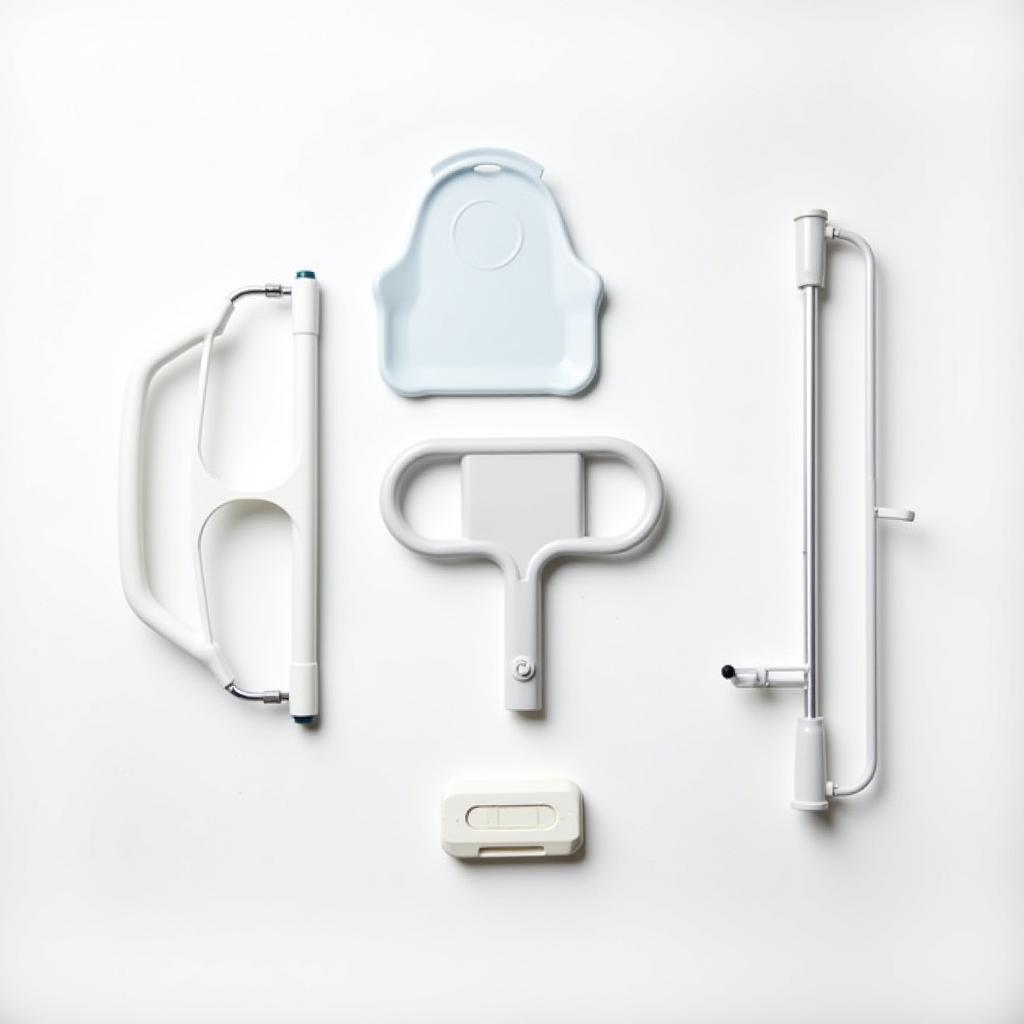Choosing the right Hospital Beds And Accessories can significantly impact patient comfort, recovery, and overall well-being. With numerous options available, it’s essential to carefully consider your specific needs and requirements. This comprehensive guide will provide valuable insights into selecting the most suitable hospital beds and accessories to create a safe and supportive healthcare environment.
Types of Hospital Beds
Different medical conditions demand specific functionalities from hospital beds. Here are some common types:
-
Manual Hospital Beds: These beds are operated manually using cranks to adjust height, backrest, and leg rest. Manual beds are a cost-effective option and suitable for patients requiring basic positioning assistance.
-
Electric Hospital Beds: Electric beds offer greater convenience and ease of use. Patients can adjust their position with the push of a button, providing greater independence and reducing strain on caregivers.
-
Bariatric Hospital Beds: Designed specifically for heavier patients, bariatric beds have a higher weight capacity and a wider surface area. They often incorporate reinforced frames and specialized mattresses for optimal support and comfort.
-
Pediatric Hospital Beds: These beds are tailored to the unique needs of children, featuring smaller sizes, safety rails, and playful designs. They provide a comfortable and secure environment for young patients.
Essential Hospital Bed Accessories
 Hospital Bed Accessories
Hospital Bed Accessories
Hospital bed accessories enhance patient comfort and safety while assisting medical professionals in providing effective care. Some essential accessories include:
-
Mattresses: Selecting the appropriate mattress is crucial for pressure relief, support, and infection control. Options range from standard foam mattresses to specialized gel or air mattresses that minimize pressure points and prevent bedsores.
-
Bed Rails: Bed rails provide essential support and prevent falls, especially for patients with mobility issues. They are available in various materials and designs to suit different bed sizes and patient needs.
-
Overbed Tables: These adjustable tables provide a convenient surface for patients to eat, read, or engage in activities. They typically feature adjustable height and tilt mechanisms to accommodate various positions.
-
IV Poles: IV poles are essential for administering intravenous fluids and medications. They typically feature adjustable heights and multiple hooks to accommodate different bag sizes and quantities.
Choosing the Right Hospital Bed and Accessories
Selecting the right hospital bed and accessories requires careful consideration of several factors:
-
Patient Needs: The patient’s medical condition, mobility level, and overall health should be primary considerations when choosing a bed and accessories.
-
Comfort and Safety: The bed should provide adequate comfort and support to promote healing and prevent pressure sores. Safety features like bed rails and a sturdy frame are paramount.
-
Ease of Use: The bed and accessories should be easy for both patients and caregivers to operate, especially if frequent adjustments are necessary.
-
Durability and Maintenance: Choose a bed and accessories made from durable materials that are easy to clean and maintain.
Conclusion
Selecting the right hospital beds and accessories is crucial for creating a comfortable, safe, and supportive healing environment. By carefully considering patient needs, prioritizing comfort and safety, and seeking professional guidance, you can make informed decisions that enhance patient well-being and facilitate recovery. Remember to consult with healthcare professionals or equipment specialists to determine the most appropriate options for your specific requirements.